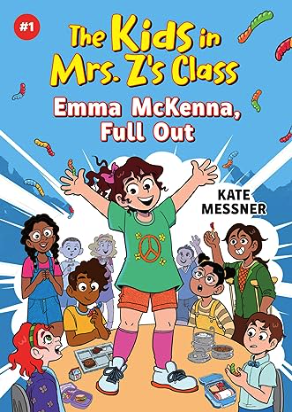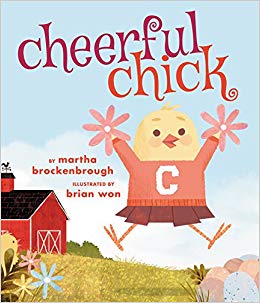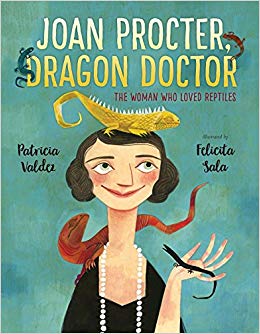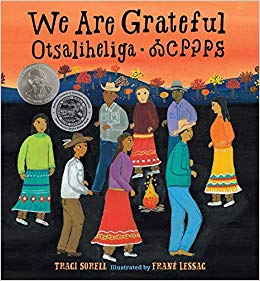It’s hard to believe that we’re already coming to the end of Teachers Write for this summer! Today, we’re looking at figurative language, and tomorrow, Kekla will join us for Q&A, but first, I want to share some fun news about what happens next. Thanks to our new newsletter format, if you signed up for Teachers Write this summer, you’ll also get occasional updates from me throughout the school year, with bonus mini-lessons, mentor text suggestions, writing prompts, book news, and giveaways. You’re welcome to use any of this material in your classrooms and with study groups at your school, and you’ll be automatically signed up for next summer’s program, too.
Looking ahead to the new school year, I hope you’ll keep an eye out for my upcoming books and pre-order any that might be a good fit for your readers! These are all available for pre-order today:
INSECT SUPERPOWERS, illustrated by Jillian Nickell, comes out in November from Chronicle Books and is a comic-book style nonfiction picture book about insects with real-world superpowers.



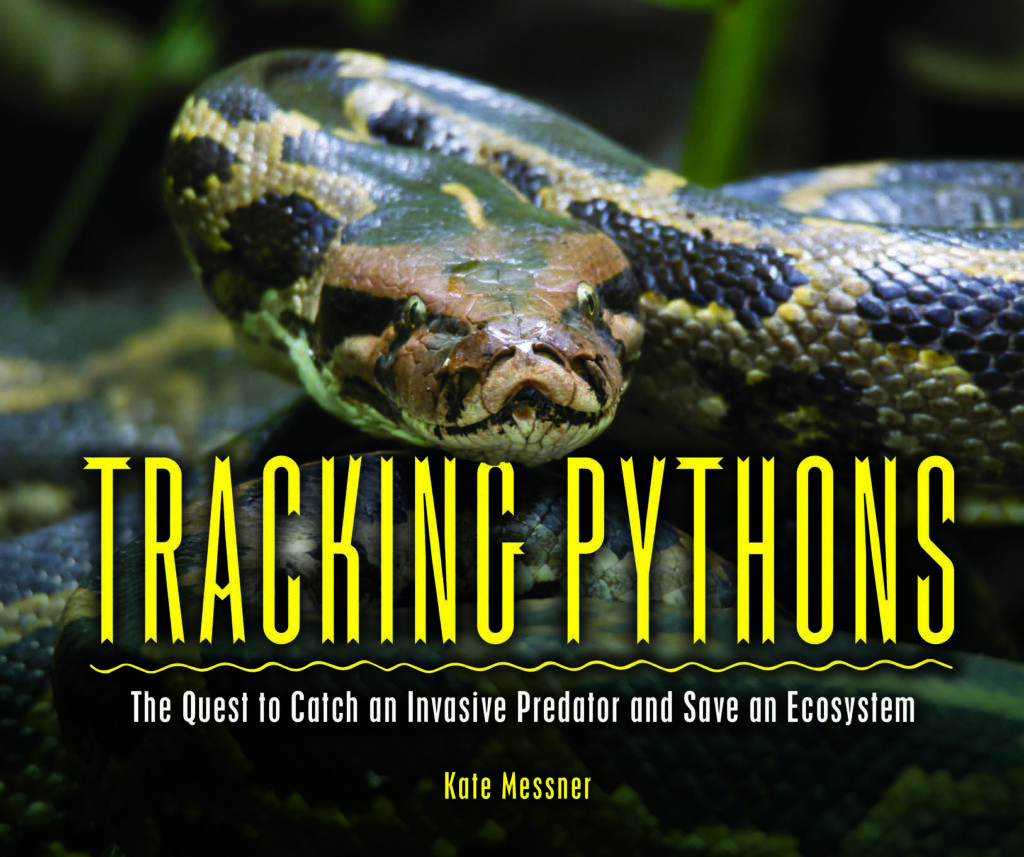
Now…on to our last mini-lesson for Teachers Write this summer!
You probably spend time teaching your students about figurative language – the similes and metaphors that can spice up descriptive writing to paint a picture in readers’ minds. But how do writers craft metaphors that are descriptive and vivid while staying true to a character’s personality and voice? Not surprisingly, THE SEASON OF STYX MALONE is a perfect book for finding examples of this element of craft.
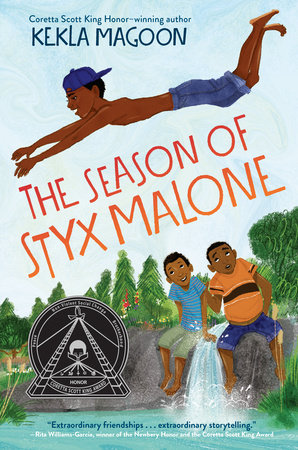
The narrator, Caleb, is a kid who’s grown up in a small town in Indiana. He spends a lot of time outside in the woods with his older brother but hasn’t been out of that small town much at all. So the figurative language he uses needs to reflect that lived experience – what he’s seen firsthand or read in comic books or seen on the news his dad watches at night. Take a look at how Caleb describes the appearance of Styx on the very first page…
Maybe we summoned him, like a superhero responding to a beacon in the night.
He was summoned like a comic-book superhero – not like an Uber. This is a perfect and kid-friendly comparison. We see these character-perfect comparisons throughout the book:
Being the center of attention felt something like it might feel to be in a pinball machine – as the ball.
Mom’s eyes became like two chocolate-brown lasers, slicing through us from our bedroom doorway.
This is from the scene where Mom’s mad that they traded their baby sister for fireworks. And soon after, we have this great moment:
“GET in the car,” Mom said in a small, tight voice. A voice that meant massive trouble. Her voice had escalated right through shouting mode into a high, quiet dogs-only range.
Just to be perfectly clear: Bobby Gene and I were the dogs in this scenario. We scurried out to Mom’s station wagon with our tails between our legs.
In this passage, Kekla takes that image of Mom speaking in a high, dogs-only pitch and extends the metaphor with the kids as dogs, who “scurry” out to the car “with our tails between our legs.”
Caleb spends a lot of time outside, so it also makes sense that his comparisons make connections to the natural world.
(Styx) was scrawny, with long, knobby limbs like a praying mantis.
(The moped) looked like a giant grasshopper. Green head, thorax, abdomen. Crisp candy shell, handlebars feeling outward like antennae. Red, gold, and violet flames shot out from the sides of the engine, slicked back in paint along the thorax. A giant grasshopper with fire powers.
And in a scene where Styx says he just wants to stop and “feel the moment” after something’s gone right, Caleb says:
The moment felt like Saturday, like summer heat, like adventure. It felt as big as the sky above us and as firm as the ground beneath. It felt like the soft swish of corn tassels and being one step closer to an impossible dream.
If those corn-tassels aren’t a perfect comparison for a farmland kid in Indiana, I don’t know what is.
So you get the idea, right? We want to use similes and metaphors to enrich our descriptions, but they have to be the right ones. Writers like Kekla make sure their figurative language fits the character and the setting. And that’s what we’re going to play with in today’s assignment.
For this one, I’m going to ask you to go outside and find a place to sit where there’s something to see. It can be at a park, by a river, near the subway station…whatever works. First, I want you to pretend you’re a kid like Caleb, who’s grown up in a small farm town like Sutton, Indiana. (Or a small town in Vermont. Or the British countryside. Or India. Whatever works for you. Just not a city.) In that character’s point of view, write a description of what you see/hear/feel that makes use of figurative language that’s appropriate for your background. And then take on a different role. Imagine you’re a kid from South Boston or the Upper West Side of Manhattan or Cairo or Paris or Mumbai. Describe the same scene, but this time, use comparisons and metaphors that would work for your second character.
Maybe you’re thinking right now that there’s even more to think about than where your character is from. Making you’re considering how things like cultural background and socioeconomic status might affect the kinds of metaphors that might work, too. Good! So think about all of that as well. If you’d like to share a bit of your writing, feel free to visit the post on my blog (www.katemessner.com/blog). Just remember that you’ll need to click on the title of the post and scroll down to comment.
And don’t forget to join us tomorrow with your questions for Kekla! We’ll wrap up the week with a Q&A session so you can ask all of your craft questions that relate to THE SEASON OF STYX MALONE.


